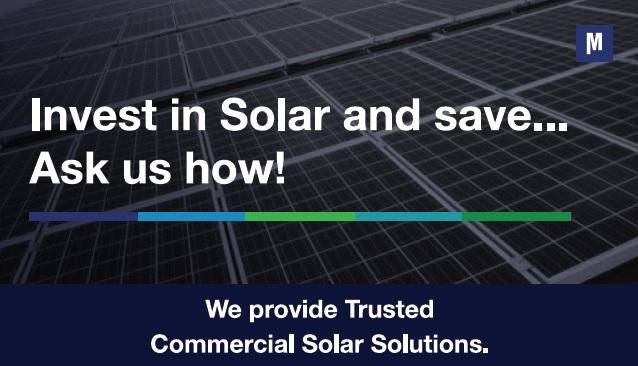In our new series, we’re tackling 7 rookie mistakes that are often made when it comes to investing in a solar solution.
Did you miss our previous articles in the series? Click below to catch up now:
This week, we’re exploring mistakes 5 and 6. Be sure to watch our quick video, and read the article below!
Mistake 5 | Thinking that solar is a bad investment
Whether its Grid-tied, Hybrid or Off-Grid, solar is not a small investment. However, with the long life span of the asset and ever-increasing costs of power, the Internal Rate of Return (IRR) and payback periods can be really attractive. In some grid-tied projects where electricity costs are very high, an IRR of up to 40% and a payback period of 2 years can be enjoyed on a grid-tied system.
In addition, businesses need to calculate their business disruption loss in revenue from load shedding. When considered, a hybrid system starts to look more financially attractive...
Once paid off, you are saving money year after year because a large portion (20 – 50%, load profile dependent) of your power is being generated by solar, and not drawn from Eskom. Another incentive is the SARS 12 B renewable incentive, which allows the business to depreciate the full value of the asset at the end of the first tax year, essentially giving the owner 28% of the project value as a tax right off.
MISTAKE 6 | Thinking that a Power Purchase Agreement (PPA) is a great concept
Solar power is a sound investment - we've explained this in the point above. The first thing to understand is the seller of power owns the system, which means they're the ones eligible to claim all the incentives. You won't see a penny from the accelerated depreciation on a power purchase agreement (PPA), and your actual savings will be reduced because you are funding someone else’s asset.
Remember, most options built around buying power are worked on a take or pay agreement. This essentially means you have to pay for power generated over the period of the contract, irrespective of your need for it.
Considering investing in a solar solution for your facility? Click here to chat to one of our solar experts!
Download our brochure highlighting our commercial solar solutions. Click here now!


